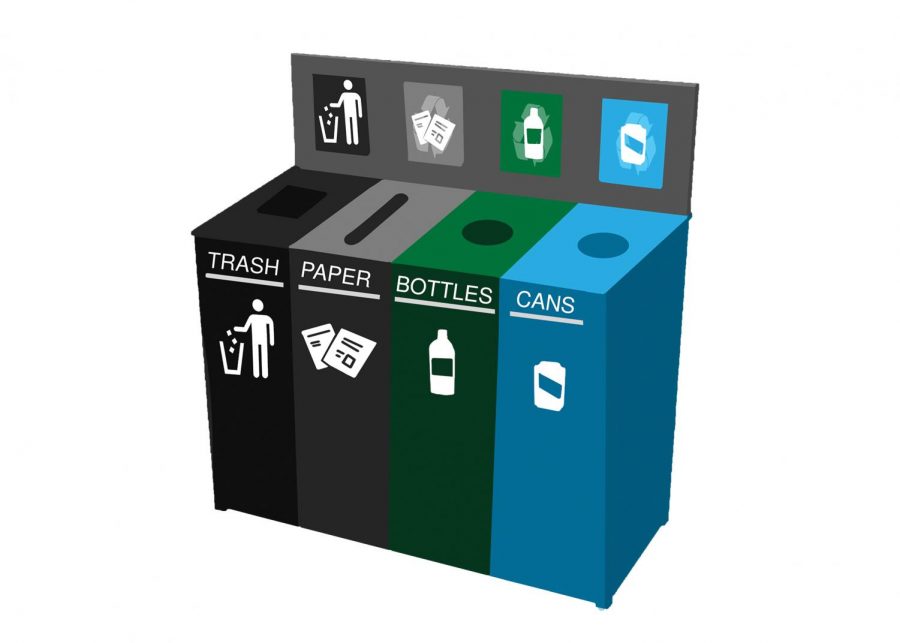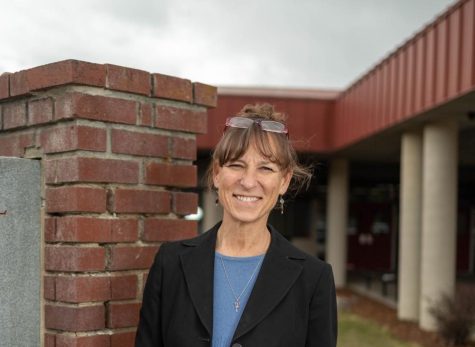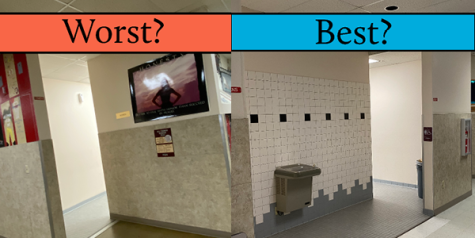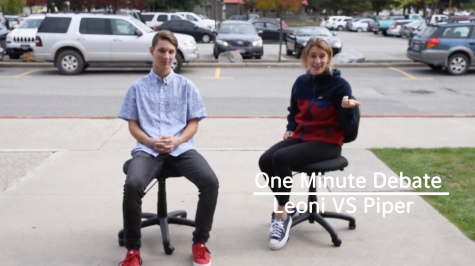SUSTAINABLE IS ATTAINABLE
Opinion: Sandpoint schools needs to step up sustainability by instating district wide recycling
Recycling can limit the amount of trash that goes to a landfill.
Over 78% of school district waste could be diverted from the landfill through composting and recycling, yet most schools, including Sandpoint High, do not offer recycling practices for materials other than paper. There are easy ways for schools to adopt environmentally friendly strategies, but it starts with widespread support from students and staff.
With the exception of a few plastic/ glass recycling bins that can be found scattered among classrooms, SHS has a weak sustainability program. Only 37.5% of teachers at SHS have a recycling bin for plastics and glasses, but 83.3% said they would like to have one if the school provided it.
Other school districts around the nation have been setting the standard in the field of sustainability by putting a compost, a recycling and a landfill bin in cafeterias. In Seattle, this is mandatory for all schools, and the results have shown that this is an effective strategy. Washington is the number one state for recycling, and number three for reusing. Idaho is nowhere to be seen on either of these lists because of the state’s lack of environmental regulations, so Sandpoint would be setting a powerful example by implementing better waste programs.
55% of the 251 million tons of trash produced is buried in landfills, and since schools are high on the list of waste producers, adopting recycling programs would be a progressive step to lower this daunting number.
Instating a recycling program at SHS would not only help continue the spread of eco-friendly schools, it would give students and staff a new outlook on their personal impact on the environment.
Schools are powerful avenues of change in young people, and introducing K-12 students to such programs would help foster positive and progressive lifestyles after high school.
Society has come to a point where upcoming generations have been given the responsibility to help restore the balance between humans and nature. This won’t happen unless people start quickly taking action to conserve our natural resources and reduce their carbon footprints.
This can start at Sandpoint High School by simply giving students the opportunity to utilize and understand environmentally friendly waste programs such as district wide recycling. 90% of teachers think SHS should implement a more thorough recycling program, and 82% believe it is a realistic goal, so what are we waiting for?
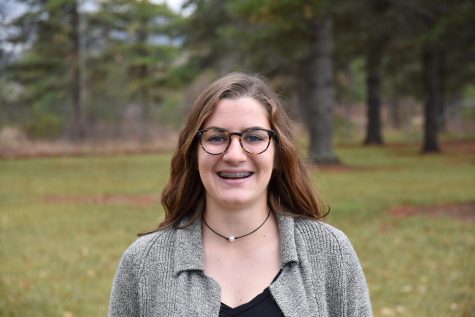
Jezza Hutto is a senior and it is her second year on staff. Here are some fun facts about Jezza.
What are you freakishly good at?
I'm freakishly...

What is the most underrated movie?
Rio.
What takes up too much of your time?
Producing Music
Where do you see yourself...


